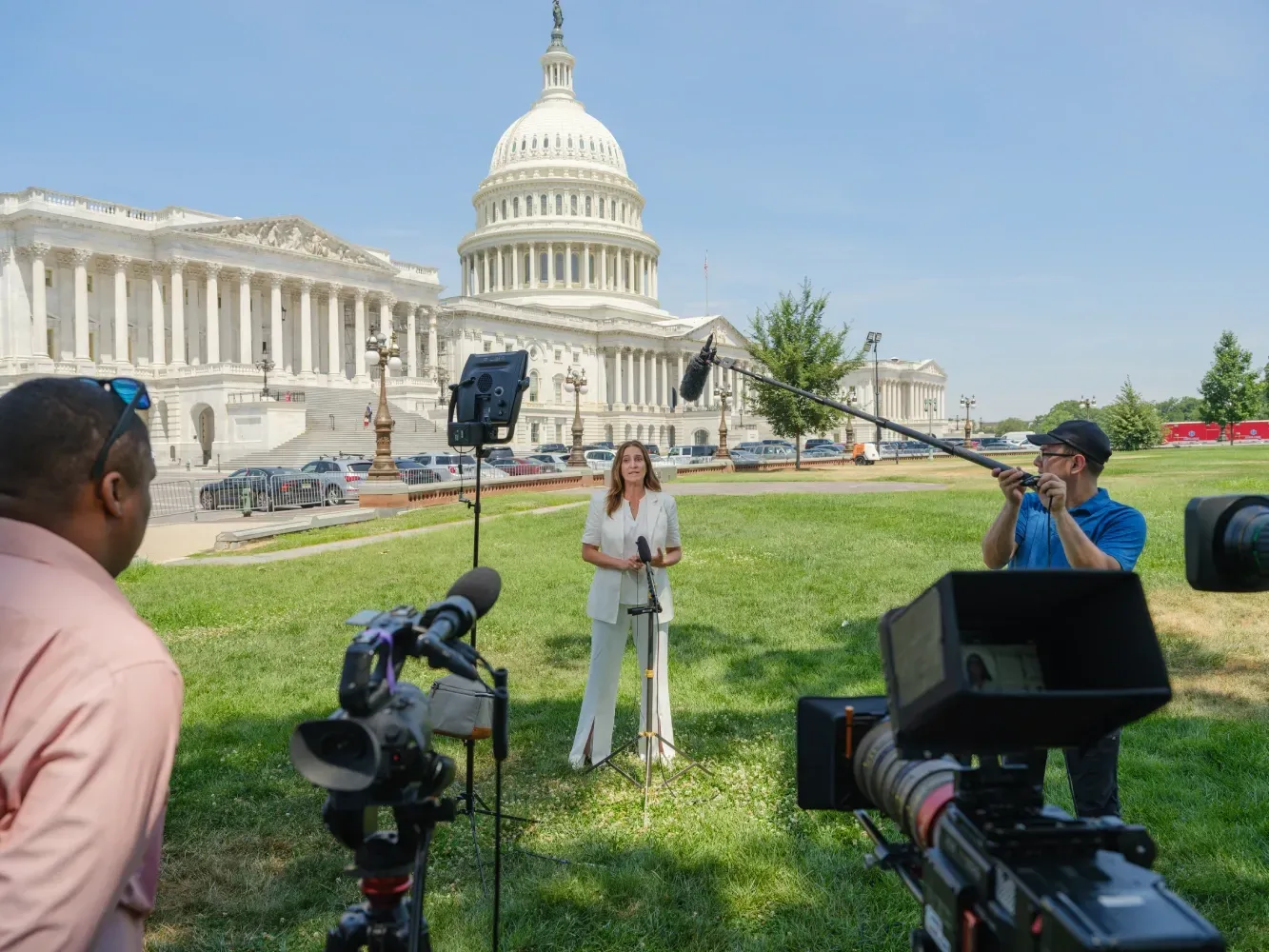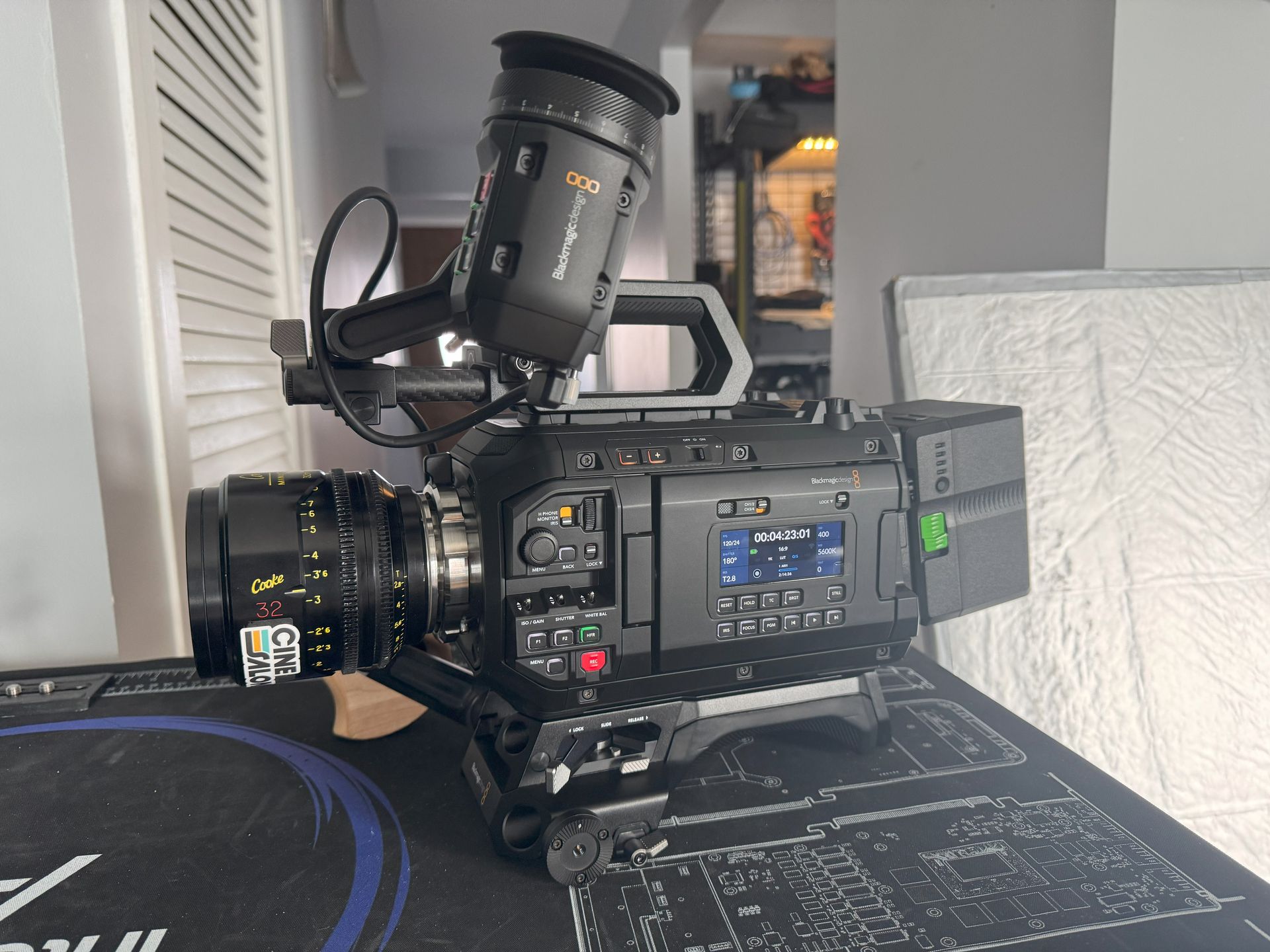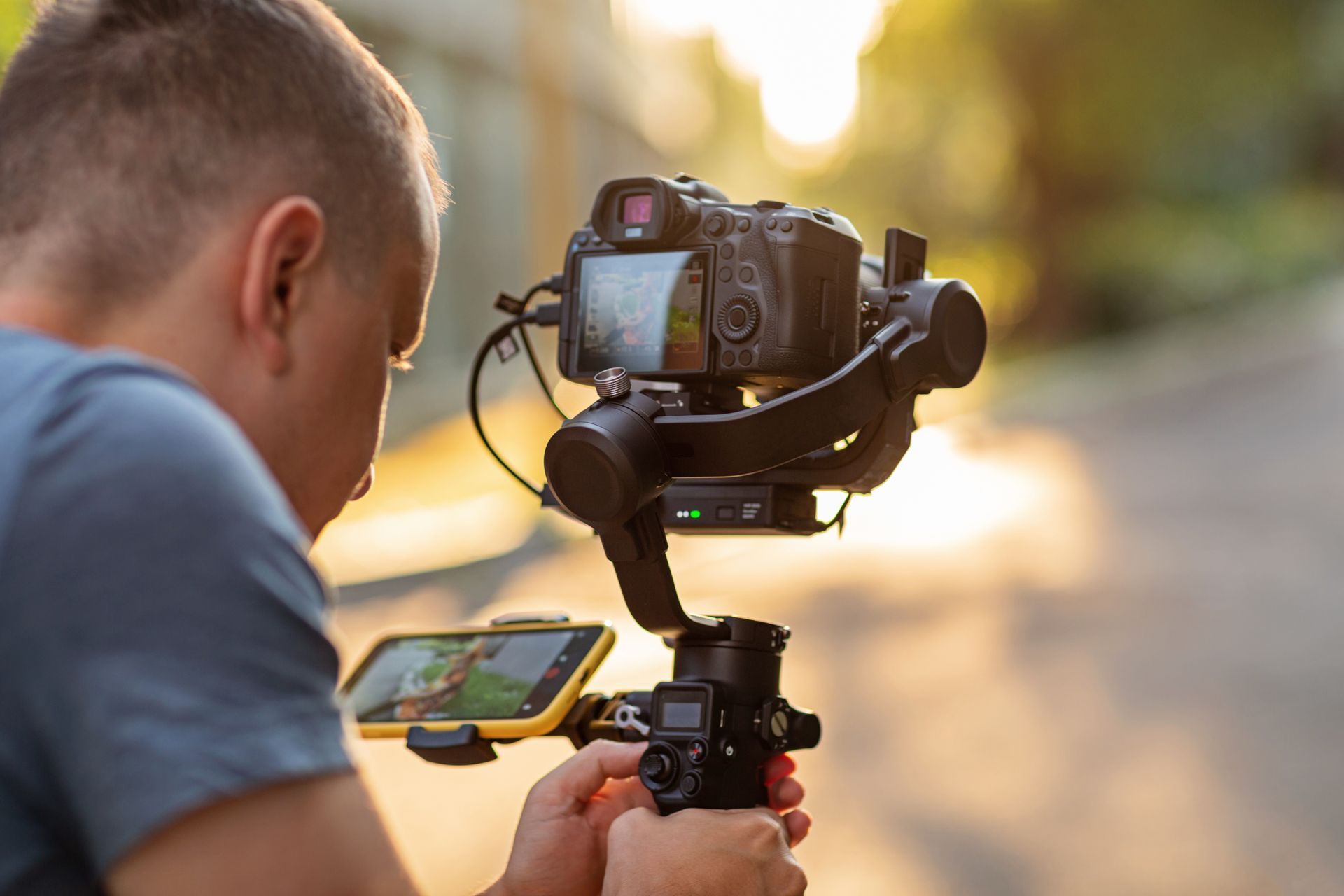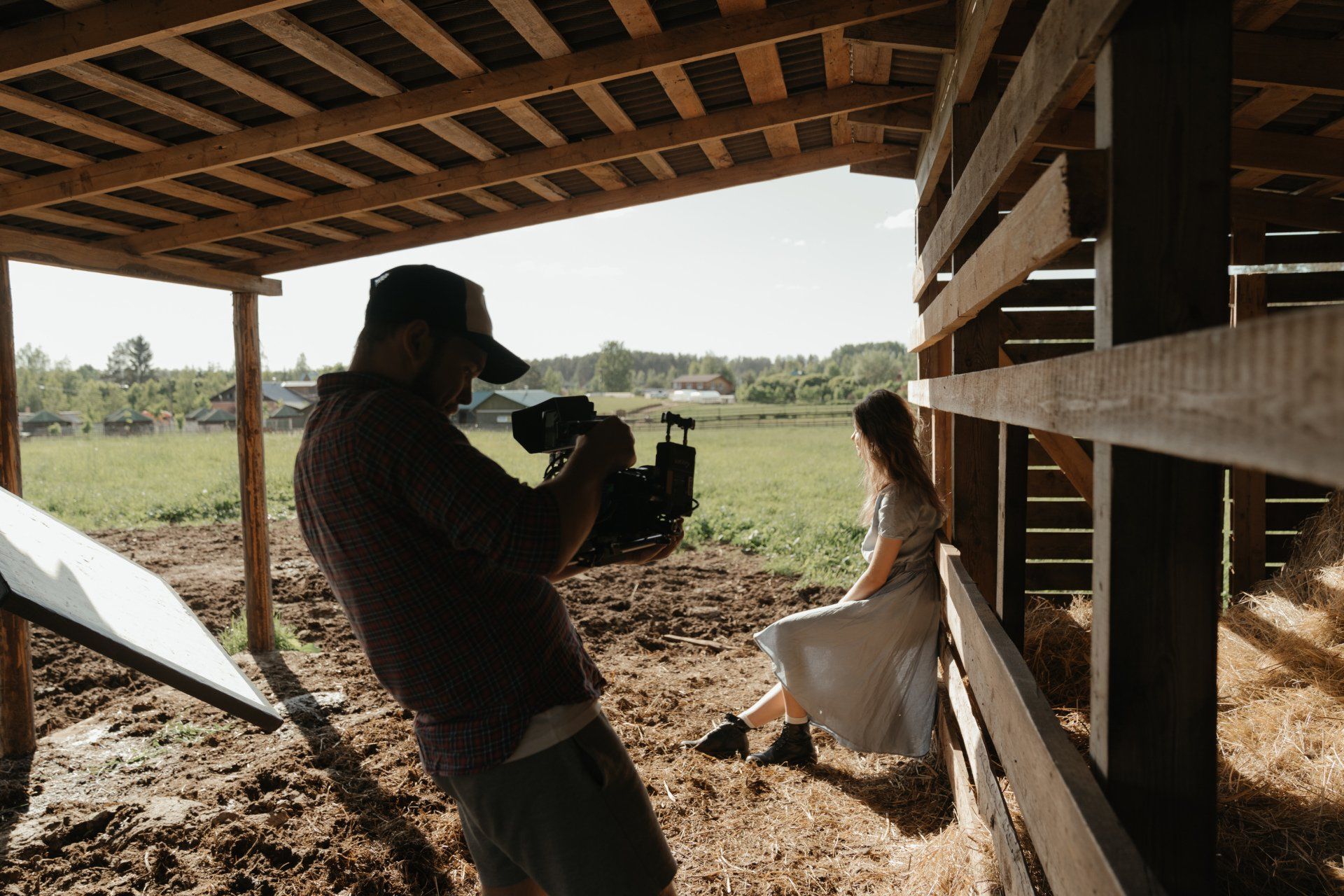
Taking your camera outside can be a great way to get great shots that will give your movie more depth. But there are many things to think about if you want to get the best results. Let's look at two of the most important things to think about when filming outdoors.
1. Natural Light
When filming outdoors, the light can make or break your film. Natural light isn't controlled and can change quickly. It means you should plan your shot for the best time of day.
Natural light can be very pretty, but it can also be hard to plan for. Think about where the sun is and how it will affect the light in your shot. You might have to change the plan of your filming to take advantage of the best lighting. Be aware of nearby objects, like buildings or bodies of water, that might reflect light or cause glare.
The time between sunrise and sunset, called the "golden hour," is the best time to film outside. During this time of the day, the light is soft and warm, which can give your movie a great, dramatic look. The light can be strong enough to cause overexposure when recording during the day. It can lead to blown-out highlights and a loss of clarity.
You may need an ND filter to change how your camera works to avoid overexposure. When recording outside, ND filters help you keep the correct exposure. They help by reducing the amount of light that gets into the lens. It lets you make small changes to ISO, f-stop, and shutter speed to get your desired look.
Changing the light with mirrors or diffusers is another excellent idea. You can use a reflector to bounce light onto your subject. Get a diffuser to soften harsh shadows and make your picture look better.
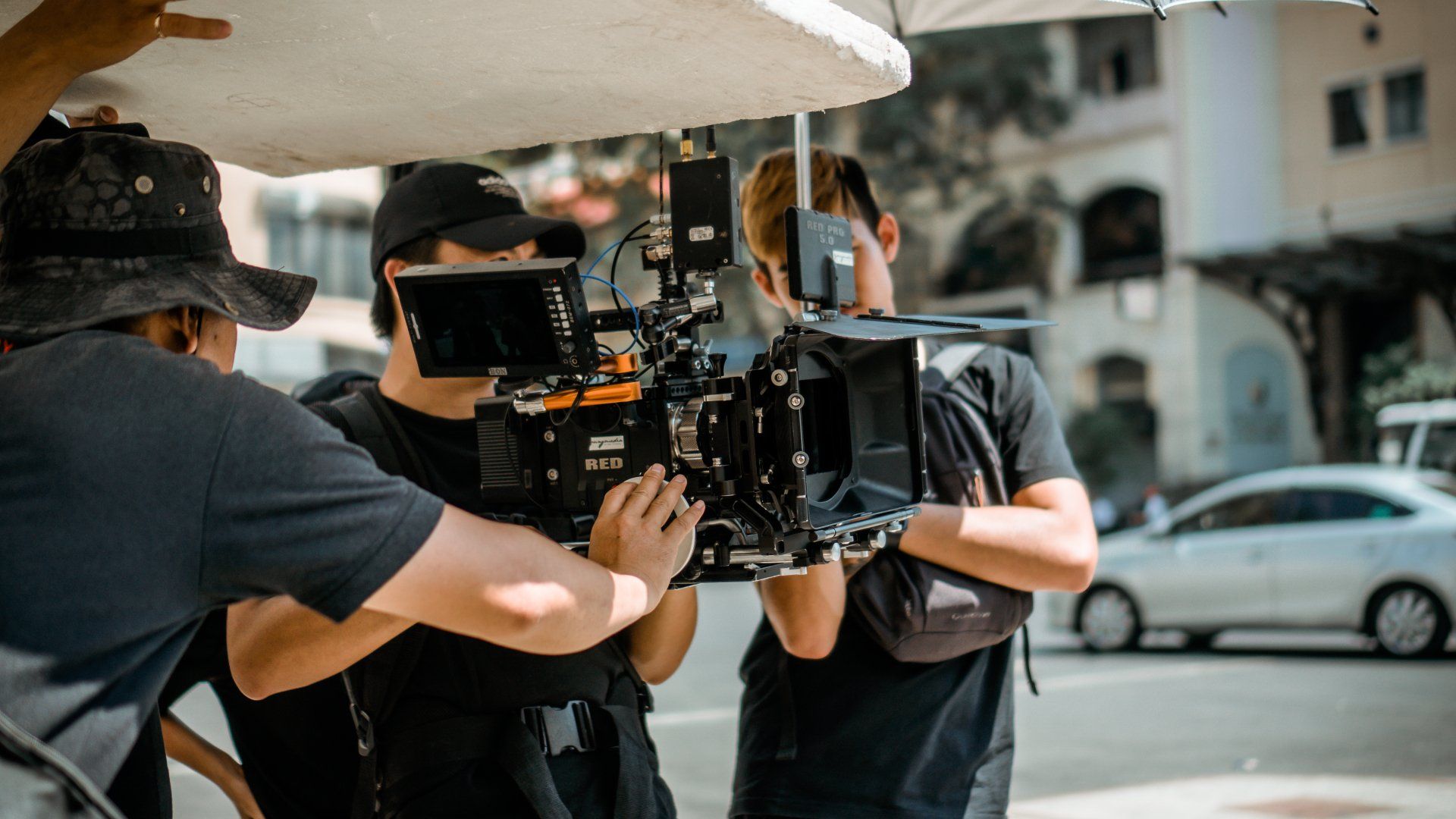
2. Autofocus
Most modern cameras have an "autofocus" feature, which changes the lens's focus. It keeps the image in principle from other obstructions. But autofocus isn't always accurate when filming outdoors and can make out-of-focus footage.
When filming outdoors, it is hard for autofocus to work because many things are in the picture. If you record a person walking through a park, the autofocus can mix up the subject with other stuff in the background. It can cause the camera to focus on the wrong thing, making the picture out of focus and blurry.
When filming outdoors, it can also be hard to focus because the light can change. The amount and quality of light can change when clouds move in. It also changes when the sun moves across the sky, making it hard for the camera to keep up. The camera might have to refocus quickly if the lighting gets darker or brighter. It can make the shot take longer or even lead to out-of-focus images.
To avoid these problems, skilled shooters use manual focus to shoot outside. The person using the camera can change how the lens is focused by hand. It makes sure that the picture is always in the right direction. It is beneficial when shooting scenes with moving subjects. It lets the operator focus on the subject as it moves through different parts of the picture.
Manual focus also gives the user more control over artistic parts of the shot, such as the depth of field. You can blur the background or foreground by carefully adjusting the focus. It gives the picture a more cinematic look that draws attention to the subject.

3. Audio
When filming outdoors, it might be hard to get good sound. The outdoor world is often noisy, which makes it hard to record clear sound. You need a focused microphone to pick up your desired sound while reducing background noise.
A shotgun microphone picks up sounds coming from a specific direction. It is also known as a directional microphone. You can point the mic at your subject and pick up their words while lowering the noise. You can also use a cover to reduce noise from the wind, which is a common problem when recording outside.
A boom pole can help you record a scene with moving parts, like a shot of someone walking or running. A boom pole is a long stick that lets you move the microphone closer to your subject while keeping it out of the frame.
Another helpful thing to do is to check out the place ahead of time and make a note of any areas that might make noise. It includes things like nearby roads or construction sites. You should also check the sound of birds singing in the woods.
Depending on where you are, you might have to deal with noise from cars, animals, or other people. Consider using a directional microphone or a windshield. It can help eliminate wind noise and ensure your audio is crystal clear and free of extra noise. Also, pay attention to any echoes or reverberations in the area where you will be recording.
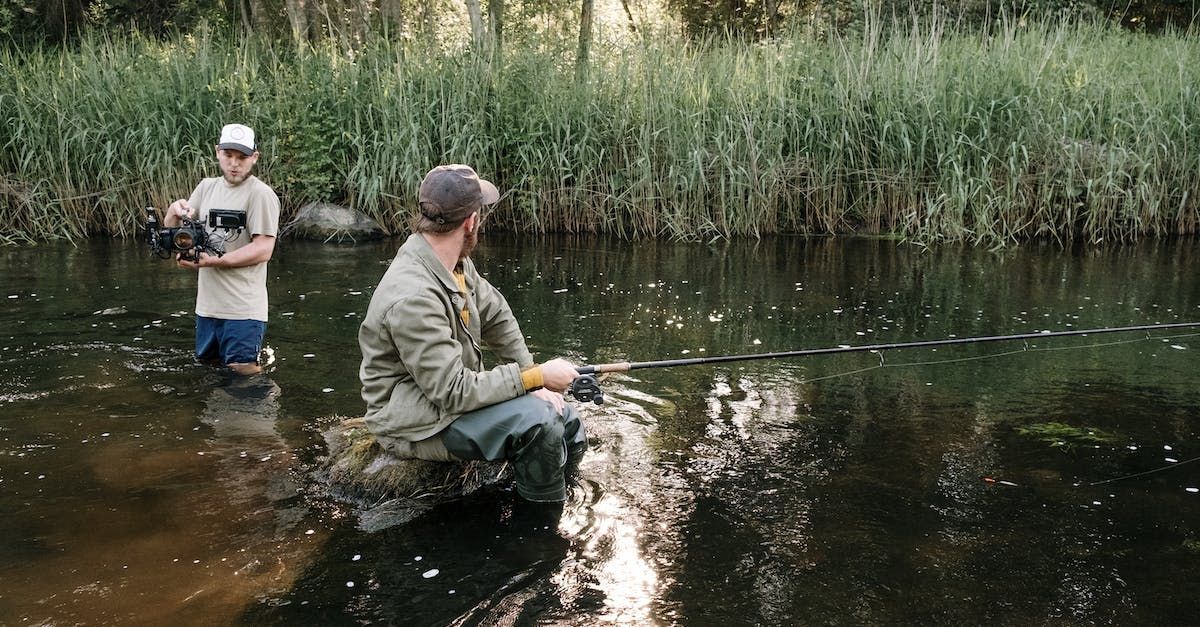
4. Shadows
When making a movie outside, shadows are often a problem. They can be distracting, make the people in the shot look bad, and take away from the overall look and feel of the photograph. Keeping a few things in mind when filming outdoors is essential to avoid these problems.
First, you should never film in a place where your subject's face will have weird shadows. It can happen in areas with many trees or bushes, making the light uneven. These shadows can be annoying and make it hard to focus on what's important. When shooting in these places, it's essential to change the angle. You can adjust the lighting or move to a different area.
When filming outdoors, you should also think about the time of day. Depending on where the sun is, it can throw sharp or unflattering shadows. These shadows can make the footage look bad overall. If a scene is being shot midday, the sun may be high in the sky. It can make strong shadows around the eyes and face of the subject. It can make a person look impaired and older or tired. So, it's best not to take shots in the middle of the day or in direct sunlight.
When filming outdoors, you should also consider using artificial light. Artificial lighting can help eliminate shadows and make things look more even. However, it's not always easy to use outside. When light hits something and bounces back, it can get too bright, making more shadows or glare. Also, you might need a ticket or permission to use artificial lighting in public places. Before you start shooting, you should determine the rules in your area.
It's essential to pay attention to how the camera and subject are compared to the light source. If the sun is behind the issue, it can make a silhouette. It can be creative, but it can also make it hard to see the face or other traits of the subject. It's best to put the light source behind the camera or to the subject's side. It can help make you look more balanced and attractive.
5. Weather
When filming outdoors, it's essential to think about the weather. It can have a significant impact on the quality of the footage. When planning a shoot, it's necessary to find out what the weather will be like and be ready for anything.
One of the most important things to think about when filming outdoors is light. How much and how good the light is out can change a lot based on the weather. For example, on a cloudy day, the light may be soft and spread out, making the subject look better and more even. On the contrary, direct sunlight can be too bright, casting deep shadows. It can make it hard to see the subject's features and details.
When shooting outdoors, the wind is another meteorological factor to consider. Wind can be a significant obstacle when filming outside, significantly if the camera is not stabilized. The camera may move or shake due to wind, making difficult-to-watch footage. If the microphone is not well insulated from the wind, it can produce unwanted noise. Use a tripod, stabilizer, or other stabilization tools to keep the camera stable to avoid this.
Rain is another factor that could provide issues when filming outdoors. It might be challenging to record transparent film while it is raining. The drops may obscure the lens or create unwanted reflections. Rain can also damage camera equipment if it is not adequately protected. Use safety tools like rain covers or umbrellas to shield the camera from the elements.
When filming outdoors, extreme temperatures may also be a concern. The quality of the film and the camera's battery life might be negatively affected by cold weather. Snow and ice, for instance, reflect light and lead to overexposure. It makes it challenging to capture the image. In comparison, warmer climates may cause the camera to overheat. It can result in camera damage and the loss of video.
When filming outdoors, it is essential to consider the crew's and equipment's safety. Weather situations like thunderstorms, hurricanes, or strong winds can pose significant risks. They can affect both people and equipment. It is essential to prioritize the crew's and equipment's safety by watching weather conditions. Have a backup plan, and ensure everyone knows potential dangers and how to stay safe.
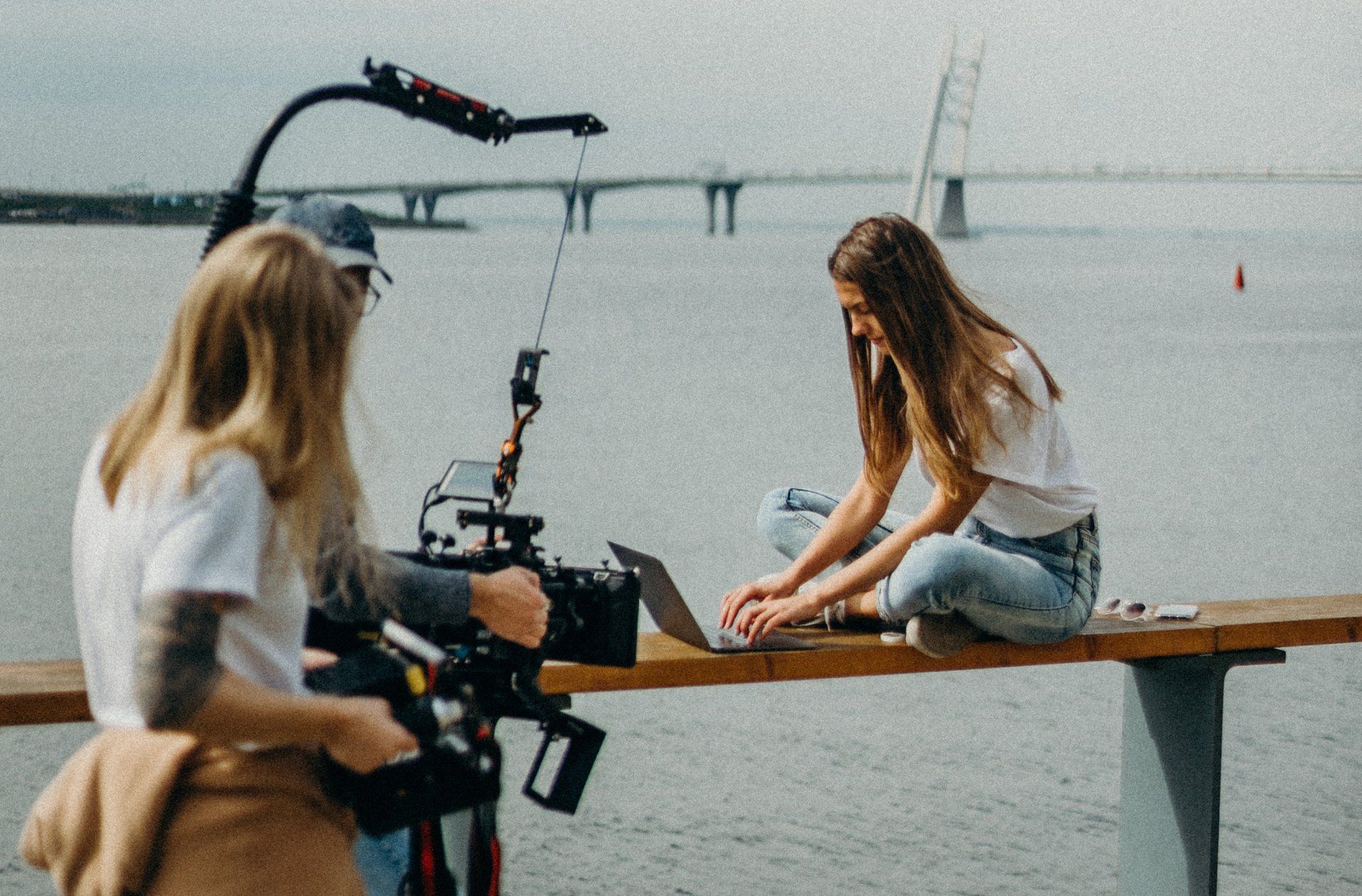
6. Permit
When filming outdoors, ensure you have permission to shoot in certain places. Depending on where you want to film, you might need a permit from the proper officials before you start. Find out the rules in your area and get the necessary licenses well before the shoot.
Filming can lead to legal problems and damage the project's image without the proper permits. Filming in certain places without permission can cause problems. It can also put the public and the surroundings in danger.
Permits can also come with rules and requirements. These are regulations that need to be taken into account when planning the shoot. For example, a pass might say that you can only shoot at certain times or days of the week. It could also make it hard to get into some places or take extra safety steps. For example, you might need to hire a security team or get insurance.
When asking for permission, it is also essential to consider how much it will cost. Permits can be costly, especially in well-known or busy places. It is necessary to keep track of these costs and include them in the budget for the whole project.
Along with getting the proper licenses, treating the place and people with respect is essential. It means following the permit's rules and limits. Be aware of how much the noise bothers people. Being a professional and caring about the environment can also help you keep good ties with the local community. It can also help you be on good terms with officials for future projects.
7. Safety
When filming outdoors, some safety risks must be considered and dealt with. Safety should always be necessary for the team, the actors, and anyone else in the area.
Traffic is one of the most dangerous things to think about when filming outdoors. It can be hazardous to film on or near roads or highways, take steps to keep the team and actors safe. It can be done by putting up barriers and paying people to control traffic. You can wear reflective vests or other clothes that make you stand out. Also, it's essential to follow all road rules and laws and be aware of the flow of traffic and possible risks.
When filming outdoors, you should also think about wildlife. Depending on where the shooting occurs, animals, like snakes, could be dangerous. It's essential to know about the nature in the area and take the proper steps. The crew can wear protective clothing or use repellents.
Another safety risk to consider when filming outdoors is the rough ground. Ensure you are safe when shooting in rugged or mountainous areas. Problems like cliffs, loose rocks, or slippery surfaces can cause to get hurt. It's essential to look at the ground and take the proper steps. For example, you wear the right shoes and safety harnesses or ropes.
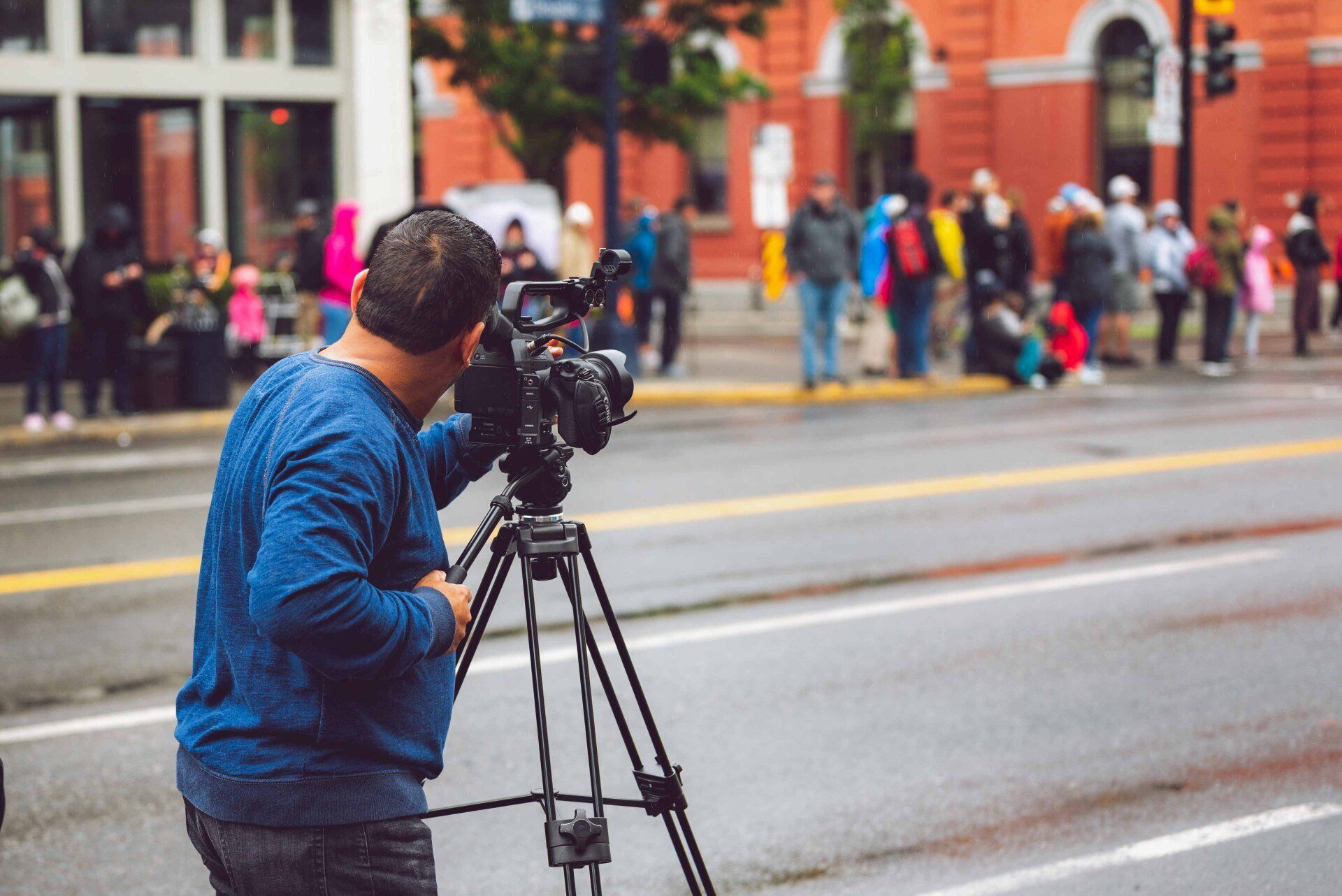
Conclusion
When filming outdoors, ensure you pay attention to all these factors. It will help you to have an easier time filming. It can also help you and your filming crew stay safe and get the best outdoor experience.
Consider the lighting, sound, safety, and terrain. Ensure you and your video crew are safe when filming. Considering these factors can help you create quality pictures and videos.

Get total clarity on your video marketing and paid media with our FREE comprehensive data audit.

